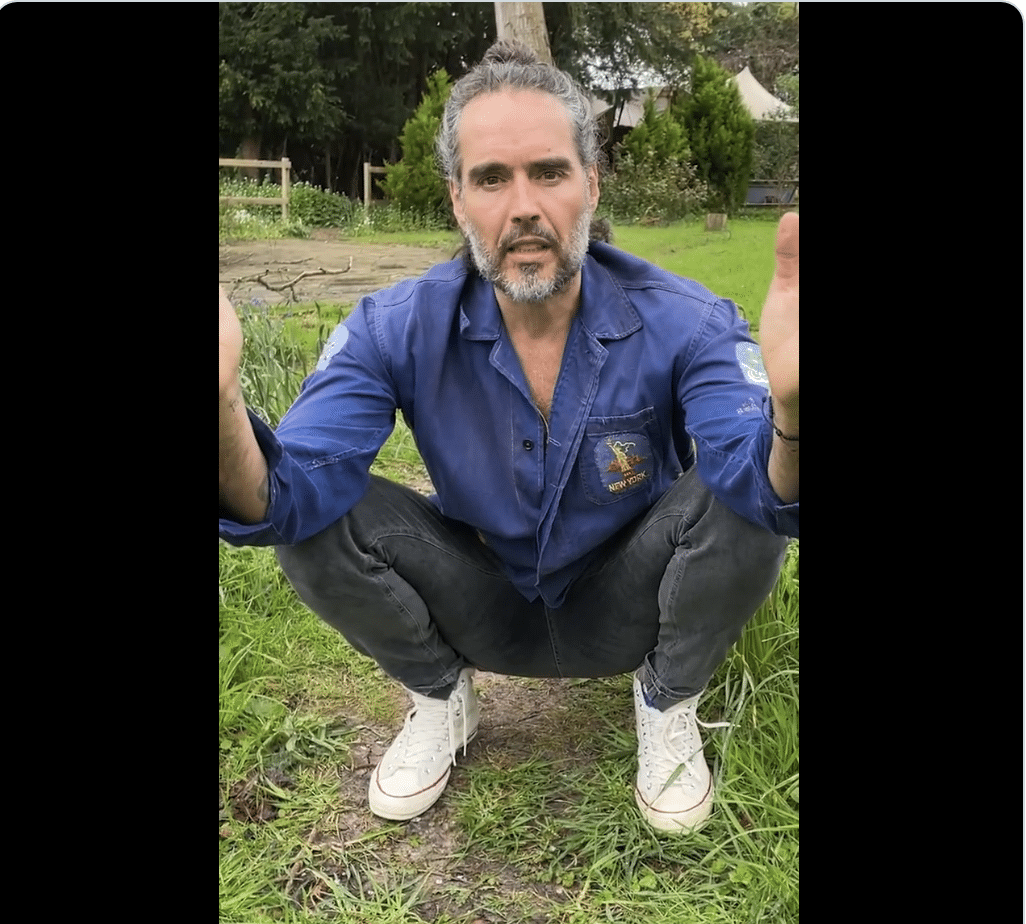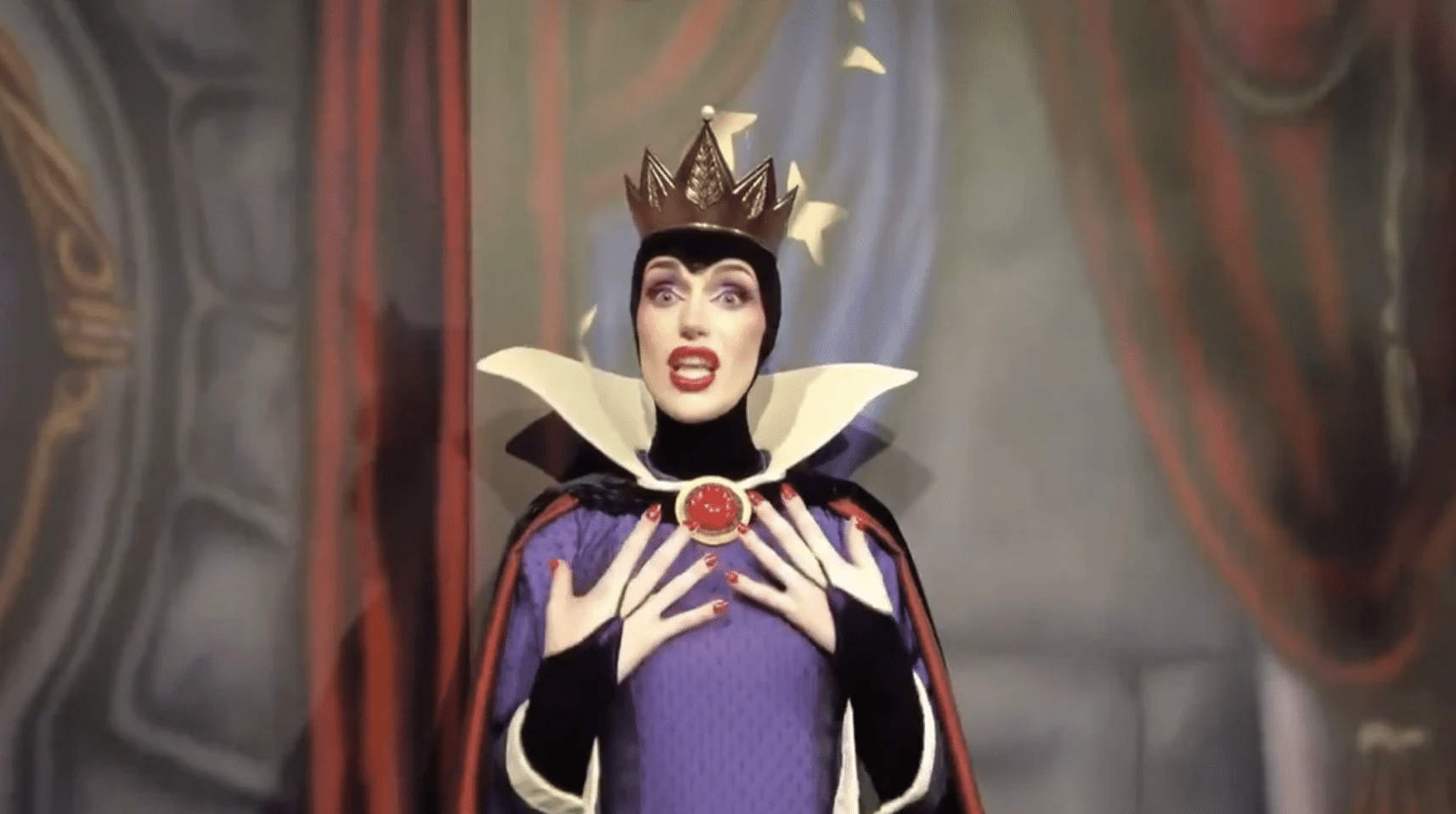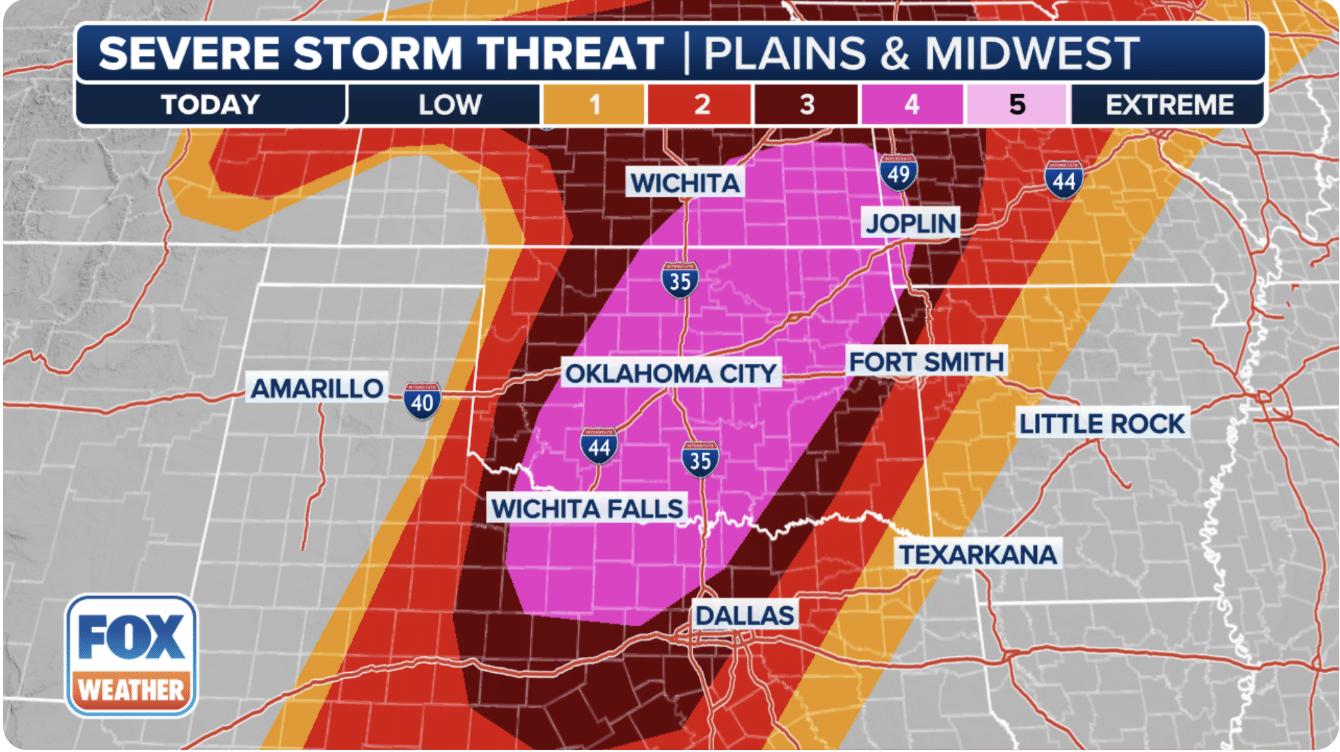(Kelly Mcdonald Jr) In Numbers 15:37-41, the Lord commanded us to put tassels on the edge of a garment to remind us to keep all of the Lord’s commandments and so that we will not go running after other gods. It is to remind us that we are God’s people! In ancient times, the tallit was worn as an outer garment, similar to how it is today. It might have looked different or had a different form, but the FUNCTION is the same. A tallit today is a garment that is designed to rest on your neck and shoulders; it comes down to about thigh length.
The tassels on the edge of the tallit are called the tzit-tzit. In Numbers, the Lord commanded the Israelites to interweave a blue cord with these tassels. The Blue String is called the shammesh string and it represents Jesus Christ, who is the servant of God Almighty. The corner of this garment is called the wing or the kanaph. On the wing of the prayer shawl is where the tzit-tzit are hung.
The tassels on the end of the prayer shawl are composed of seven white strings and the one blue string. They are tied in five double knots, with four sets of wrappings between them. The first three wrappings are 7, 8, and 11, which total 26. In the Hebrew language, Hebrew letters have numerical values. God’s name in Hebrew is spelled with four Hebrew letters: Yod, Heh, Vav, Heh. The numerical value of these letters totals 26! The fourth set of wrappings is equivalent to 13, and it is the numerical equivalent of the Hebrew word echad. Jesus said in Mark 12:29 that, “The first of all the commandments is, Hear, O Israel; The Lord our God is one Lord: And thou shalt love the Lord thy God with all thy heart, and with all thy soul, and with all thy mind, and with all thy strength: this is the first commandment.” This quote comes from Deut. 6:4-5. The first part of this (which I have in bold), is called the Shema by the Jewish people. The knots are tied so that YHVH echad is spelled in Hebrew. YHVH echad means the Lord is one. When a Jewish person looks at the tzit-tzit on the end of the tallit, they are reminded of the Shema.
To take this to a deeper level, the Bible says of Jesus in Rev. 19:16, “And he hath on his vesture and on his thigh a name written, KING OF KINGS, AND LORD OF LORDS.” The Lord will not have a name tattooed on His thigh. The word for vesture here can refer to the prayer shawl. Jesus is coming back on a horse, and He will have his tallit on. Since he is sitting, the knotted tassels will rest on his thigh! Since the Lord’s name is tied on the tzit-tzit, His name will be on His thigh!
There is a story in the Bible that highlights the use of the prayer shawl. In Malachi 4:2, the Bible reads that “…the Son of righteousness will rise with healing in its wings.” These verses refer to the Messiah coming with healing in the corner or wing of His tallit where the tzit-tzit are located. In Luke 8:40-48, the Bible tells us about a woman who had an issue of blood. She spent all her money on doctors to heal her condition, but they did not help her. She touched the edge of Jesus’ cloak, and she was healed! In the Greek, it says that she touched his krapsedon. This Greek word refers to the coils tied on the end of the tallit! This woman knew the prophecy from Malachi! Her healing was a proof that He was the Messiah!
Christ even calls this garment the prayer closet in Matthew 6:6 when he speaks of prayer. They did not have closets in ancient times, so when a person pulled their tallit over their head it served as a closed in space or room where they could pray alone with God. It is a holy garment for God’s purposes. Follow Kelly Mcdonald Jr

















